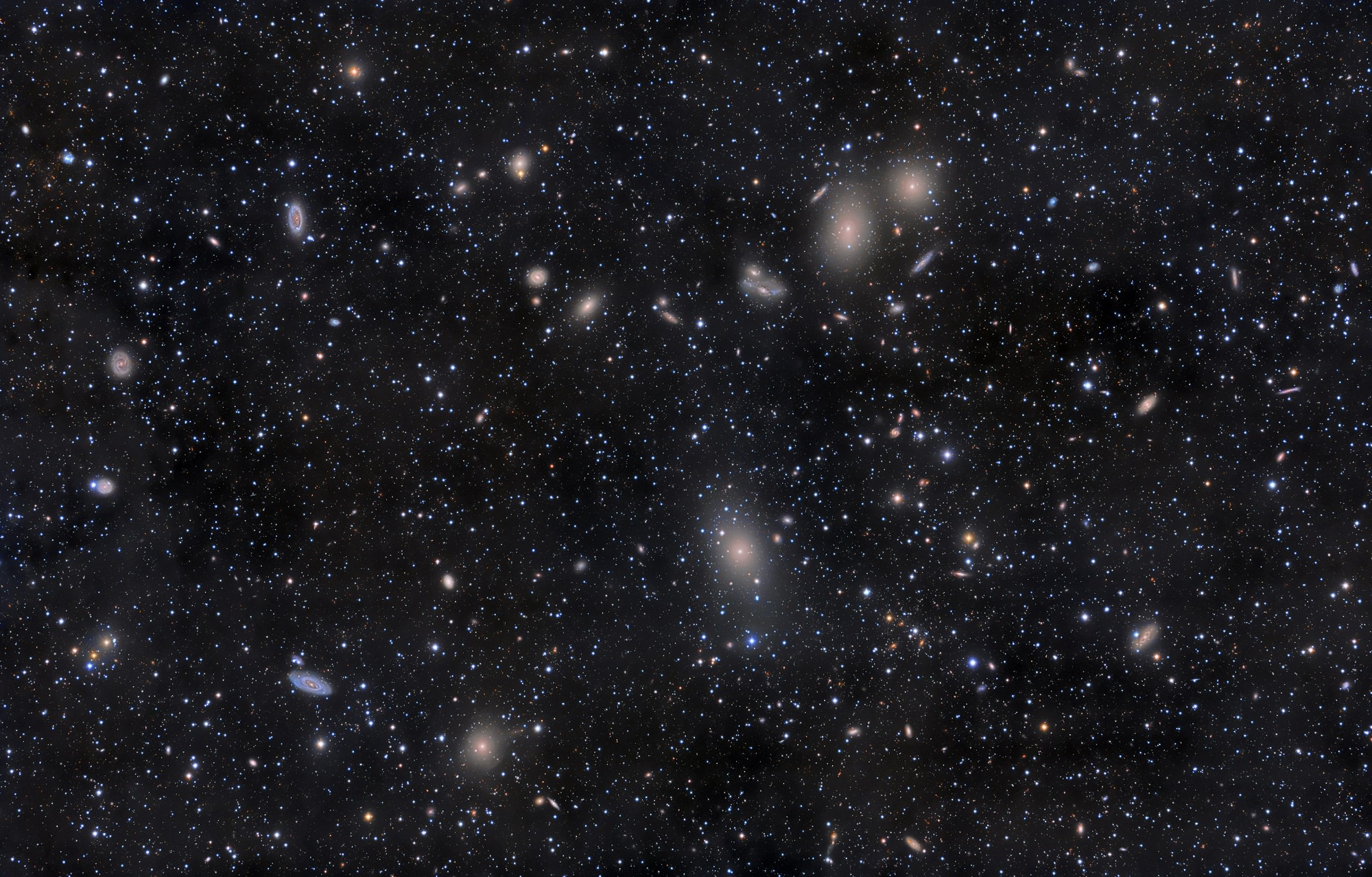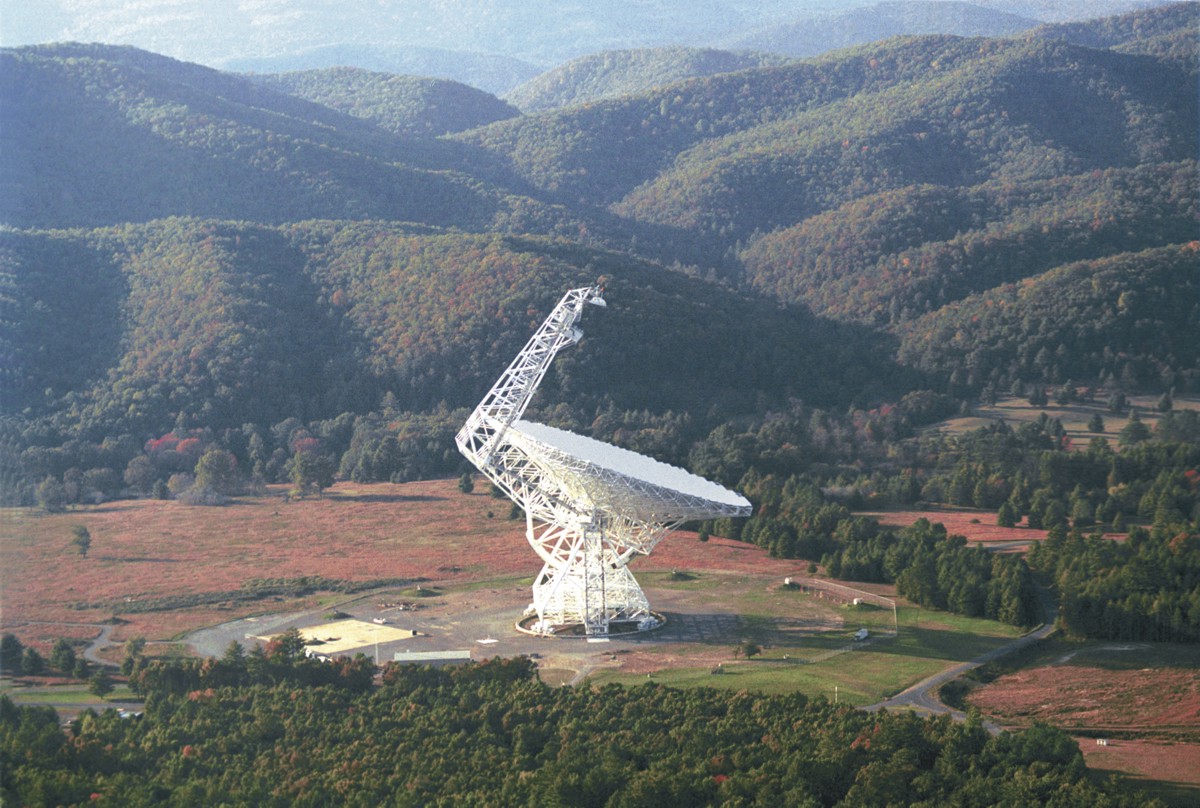Dark matter is an extremely good theory. It’s supported by a wealth of observational and computational data, which is why it’s part of the standard model of cosmology. But dark matter hasn’t been directly observed, so sometimes even strong supporters of dark matter are motivated to look at the alternatives.
Continue reading “New Data Supports the Modified Gravity Explanation for Dark Matter, Much to the Surprise of the Researchers”If Axions Explain Dark Matter, it Could be Possible to Detect Them Nearby Neutron Stars
As we continue to search for dark matter particles, one thing is very clear: they cannot be any of the elementary particles we’ve discovered so far. The particles would need to have mass, but interact with light only weakly. Of the known particles, neutrinos fit that description, but neutrinos have a tiny mass, and aren’t nearly enough to explain dark matter. Some other kind of particle must make up the majority of dark matter.
Continue reading “If Axions Explain Dark Matter, it Could be Possible to Detect Them Nearby Neutron Stars”Astronomers find a galaxy that had its dark matter siphoned away

The galaxy NGC 1052-DF4 surprised scientists by having almost no dark matter to complement its stellar population. Recently a team of astronomers has provided an explanation: a nearby galaxy has stripped NGC 1052-DF4 of its dark matter, and is currently in the process of destroying the rest of it too.
Continue reading “Astronomers find a galaxy that had its dark matter siphoned away”One of These Pictures Is the Brain, the Other is the Universe. Can You Tell Which is Which?

“Science is not only compatible with spirituality; it is a profound source of spirituality. When we recognize our place in an immensity of light years and in the passage of ages, when we grasp the intricacy, beauty and subtlety of life, then that soaring feeling, that sense of elation and humility combined, is surely spiritual.” – Carl Sagan “The Demon-Haunted World.”
Learning about the Universe, I’ve felt spiritual moments, as Sagan describes them, as I better understand my connection to the wider everything. Like when I first learned that I was literally made of the ashes of the stars – the atoms in my body spread into the eternal ether by supernovae. Another spiritual moment was seeing this image for the first time:

A new way to map out dark matter is 10 times more precise than the previous-best method
Astronomers have to be extra clever to map out the invisible dark matter in the universe. Recently, a team of researchers have improved an existing technique, making it up to ten times better at seeing in the dark.
Continue reading “A new way to map out dark matter is 10 times more precise than the previous-best method”Something other than just gravity is contributing to the shape of dark matter halos
It now seems clear that dark matter interacts more than just gravitationally. Earlier studies have hinted at this, and a new study supports the idea even further. What’s interesting about this latest work is that it studies dark matter interactions through entropy.
Continue reading “Something other than just gravity is contributing to the shape of dark matter halos”The galaxy with 99.99% dark matter isn’t so mysterious any more
The dwarf galaxy known as Dragonfly 44 caused a stir recently: apparently it had way, way more dark matter than any other galaxy. Since this couldn’t be explained by our models of galaxy formation, it seemed like an oddball. But a new analysis reveals that Dragonfly 44 has much less dark matter than previously thought. In short: it’s totally normal.
Continue reading “The galaxy with 99.99% dark matter isn’t so mysterious any more”If dark matter is a particle, it should get inside red giant stars and change the way they behave

Dark matter makes up the vast majority of matter in the universe, but we can’t see it. At least, not directly. Whatever the dark matter is, it must interact with everything else in the universe through gravity, and astronomers have found that if too much dark matter collects inside of red giant stars, it can potentially cut their lifetimes in half.
Continue reading “If dark matter is a particle, it should get inside red giant stars and change the way they behave”The Destruction of Dark Matter isn’t Causing Extra Radiation at the Core of the Milky Way

There are times when it feels like dark matter is just toying with us. Just as we gather evidence that hints at one of its properties, new evidence suggests otherwise. So it is with a recent work looking at how dark matter might behave in the center of our galaxy.
Continue reading “The Destruction of Dark Matter isn’t Causing Extra Radiation at the Core of the Milky Way”Small Amounts of Dark Matter are Creating Much Stronger Gravitational Distortions than Anyone Expected to See

Dark matter is difficult for astronomers to study, but that doesn’t keep them from trying. And with skill and determination, they continue to find exciting things about the invisible stuff.
Continue reading “Small Amounts of Dark Matter are Creating Much Stronger Gravitational Distortions than Anyone Expected to See”




